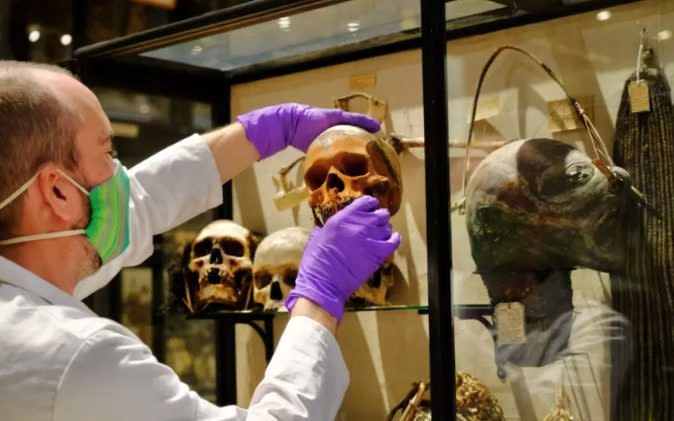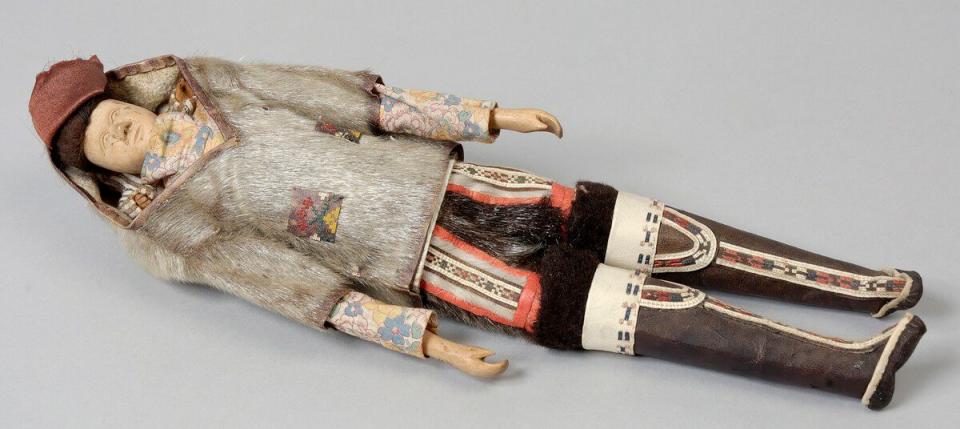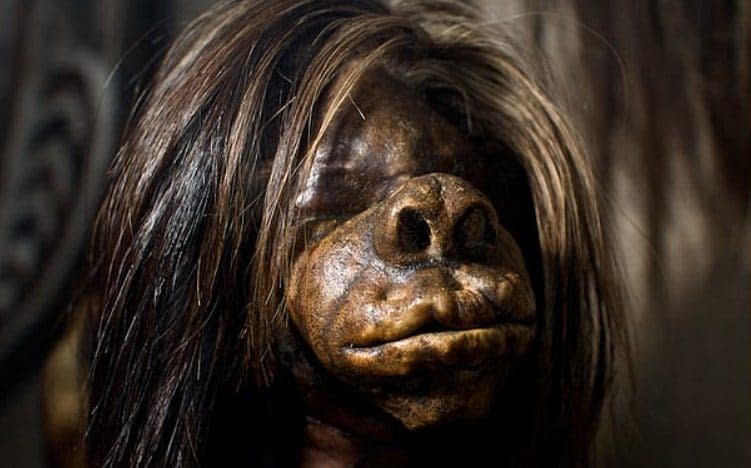Museum hides African mask that ‘must not be seen by women’

A University of Oxford museum will not display an African mask because the culture which created it forbids women from seeing it.
The decision by the Pitt Rivers Museum is part of new policies in the interest of “cultural safety”.
The museum has also removed online photos of the mask made by the Igbo people in Nigeria, which would originally have been used in a male-only ritual.
Masks are a central part of Igbo culture, and some masquerade rituals carried out by men wearing the ceremonial objects are entirely male-only and carried out in secret away from female spectators.
The new policy, a first for a major British collection, comes as part of a “decolonisation process” at the Pitt Rivers Museum, which is aiming to address a collection “closely tied to British Imperial expansion”.

An online trigger warning on the museum’s collection database states that the Igbo mask “may be culturally sensitive” and “not normally be used in certain public or community contexts”.
The wooden mask has been given the label “must not be seen by women”, is not on display, and has no photographs available to view online.
A note on the museum website explains that, while photographs exist, curators “are unable to show the media publicly”.
This effort to ensure that women do not see the mask follows a suite of policies aiming to ensure “cultural safety” with regard to taboos around secret ceremonies, human remains, nudity and gender roles.
A set of policies drafted in 2024 state that trigger warnings must be added to the museum database for objects which could be “culturally sensitive”, and particularly sensitive items should be hidden from view.
Other items traditionally intended for men, including a mask from Papua New Guinea, have remained on display, but are marked “sensitive” and their photos are not shown on the museum website.
A warning for the collection overall states: “At the Pitt Rivers Museum, we take cultural safety seriously. We aim to keep everyone informed by providing a cultural advice notice.”
Other warnings apply to individual objects, an “isikira”, a head ornament and “extremely cultural sensitive objects” worn by Maasai girls after undergoing “circumcision” (otherwise known as female genital mutilation).
The Pitt Rivers’ once-popular collection of shrunken heads, or “tsantsa”, which were taken off display, also have a warning. They are believed to contain the souls of the Shuar and Achuar people of Ecuador that made them.
The decision to remove the heads from display was made in 2020 in the wake of Black Lives Matter protests, when the museum operated by the University of Oxford announced a “comprehensive programme of work we are doing to deeply engage with the museum’s colonial legacy”.

Since that time, the museum pledged to hand over its collection of Benin Bronzes to authorities in Nigeria, and agreed the return of a 15th century statue to India.
Other museums have hidden a specific set of artefacts for religious reasons.
A number of tablets sacred to the Ethiopian Orthodox Church are held in the British Museum, and other collections. But, as the objects are traditionally only viewed by priests, curators keep the artefacts out of sight and they are never studied.
A spokesperson for the Pitt Rivers Museum, which contains Oxford University’s anthropological and archaeological collections, said it was working with groups around the world whose artefacts are represented in its collection, to ensure they are selectively displayed.
Other objects could become restricted on the basis of gender in future, but the museum said: “These restrictions only refer to a tiny number of objects where we have received specific requests from communities. There is a lot more work to be done and we are keen to work with communities on the care of these objects.”
Ruth Millington, an art critic and author, whose book Muse tackles the female subject, has raised concerns about the push for synergy creating a dangerous precedent.
She said: “To deny all women, of all cultures, sight of something because that is a taboo in one particular culture seems an extreme stance, particularly given that this country is a modern, liberal and enlightened society.
“Surely women should be given the right to decide, after reading about any cultural sensitivities, if they wish to look upon the artefact or not. When it comes to art, we should all have equal rights, regardless of sex, to view what we would like to.
“Does this position also imply that only male curators in the museum can handle, care for and interpret this object? This stance seems to imply that no woman has ever seen the mask, which I think is highly unlikely.
“As a feminist art historian, I now want to see it all the more.”

 Yahoo News
Yahoo News 